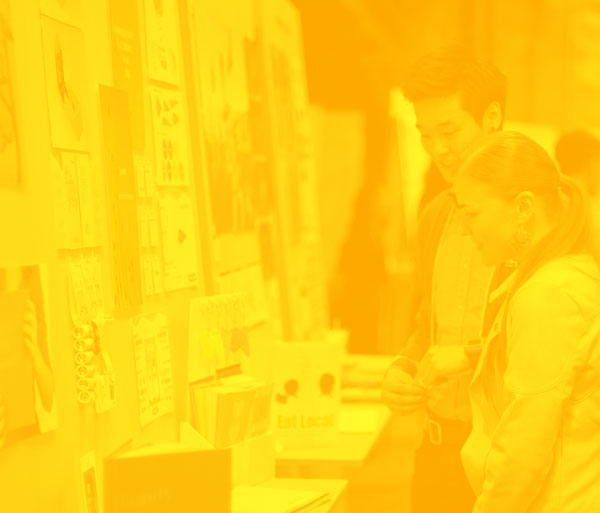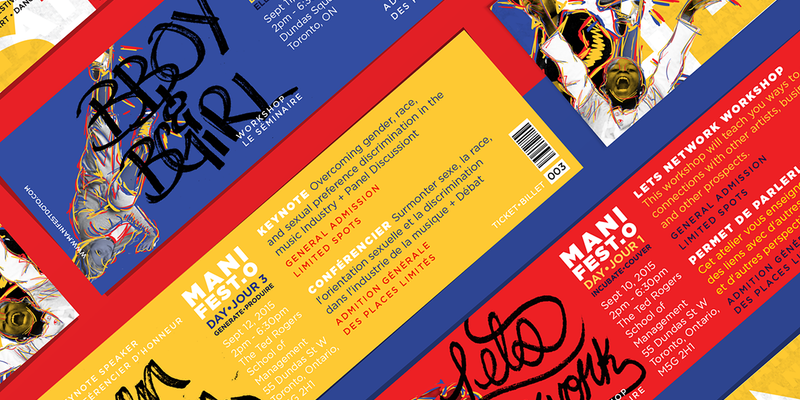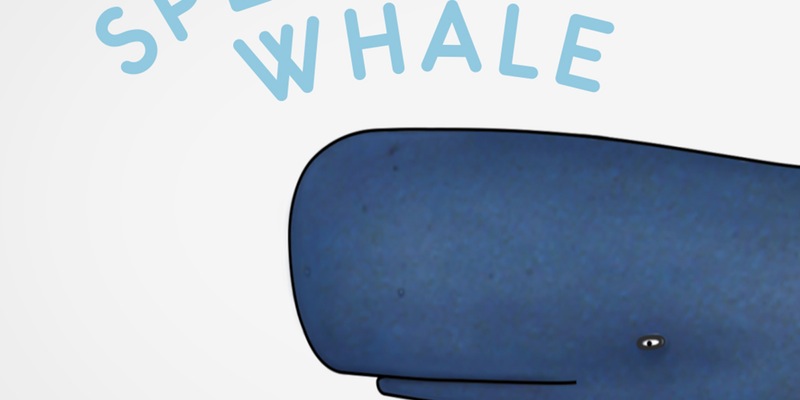A Keyframe is defined as the starting and ending point of a transition. Within each frame are drawings, still images on a strip of film, and together form a fluid motion picture. However, A keyframe is more than what it is defined as. Each frame has a key, a purpose, that can paint a picture, and tell a story through timing and decision.
Process of working with keyframes to make the perfect bouncing ball animation
Life in Motion
I didn’t realize this until recently but I’ve been fascinated with motion design pretty much all my life. I spent a lot of my childhood watching cartoons and playing video games and I was really fascinated with the way things moved and how things were set up. One of my dream jobs was wanting to become a pro gamer. I think at the time this was because I wanted to get paid doing what I love. But now really analyzing why I loved gaming, besides winning, it was really about the experience of it all and the dynamics of everything. From opening game sequences that acted like mini movie openers, to the way certain objects in a game moved.
Title sequence concept for the lovely bones. All footage shot and edited by me. Including producing the music to go with the tone of the animation.
My love for gaming really contributed to my love for all things expressive and fun. A lot of my hobbies began to revolve around photography, shooting music videos, and just exploring different software and techniques. These avenues of expression, allowed me to tell stories through movement. Although photography is static, I often brought it to life through stop motion.
I predominately use Photoshop, After Effects, C4D, Premiere when creating motion projects.
Type | From Static to Motion
The great thing about motion design is the fact that you can take a concept to a whole other place and express so much more than the content physically says.
I love typography and often use it as a primary element in my work. I use extremely huge type, bursting into a scene to represent an overpowering character, and a light weight typeface, which fades in slowly to express a soft spoken character.
The combination of type selection, weight, size, and the timing used for the type coming into the scene, adds so much characteristic to the work. You don’t necessarily need images to get the message across.
Movement as Expression
The way an element is keyframed can be the difference between how heavy or light an object is, and how angry or happy a word is intended to convey.
The Process
I am a little obsessive when it comes to really figuring out how something is animated.
I can often watch an opening title sequence and calculate how they could have possibly executed it. It’s pretty mind blowing. I sometimes even attempt to dive in with no preliminary research and it is almost always a fail. Which is why I’ve come to love and appreciate the process.
Type experiment, using shapes and shadows to form the letter i
For a long time I would skip out on planning what I wanted to create. I would just have a vision of what I wanted the end product to be and just do it. When I finally started really thinking about what I was doing, and why, and laying things out in storyboards, stylesheets, and motion tests, my work improved, and my workflow has become a lot faster.
StoryTelling + Visual Language
One of my favourite parts about creating an animation is coming up with a story that is more than the content it is created for. Especially with taking work that is static and transitioning it into a motion piece it allows me to share more information in a more fluid visual language; while still having everything be cohesive.
My motion interpretation of the poem written by Helen Knott about the missing and murdered indigenous women
Motion Design & UX
A lot of the animating I have been working on is more for things like title sequences, and just overall expressive, experimental processes. I want to expand on the use of the techniques I often use for a more user geared purpose. For instance an app walk- through, or a fun creative map animation for an event.
Women in Motion
It is very clear to me that Motion, is a very male-dominated medium. As I lurk through tons of youtube mograph tutorials, I’ve only come across less than a handful of female motion designers sharing what they know. Michael Jones, founder of Mograph Mentor, says it best
If our goal is to speak most broadly to the world around us, then an absence of female voices seriously hurts us.
I hope to be the change I want to see, and contribute great work in the motion design world.



